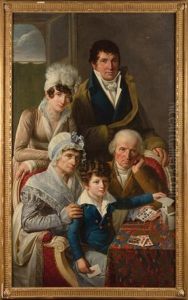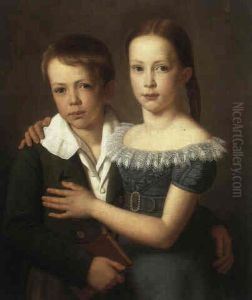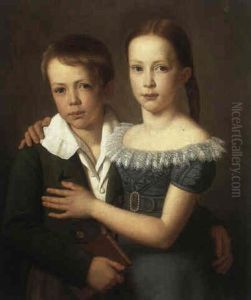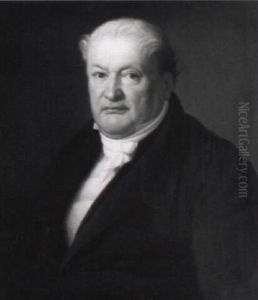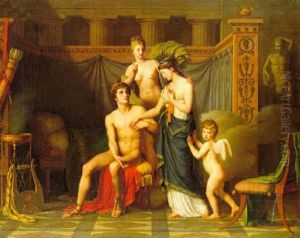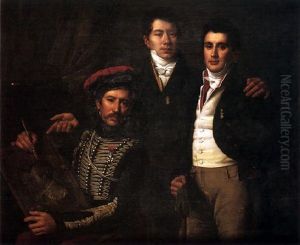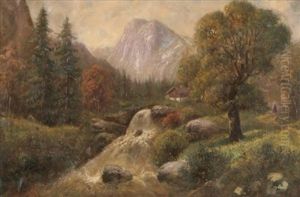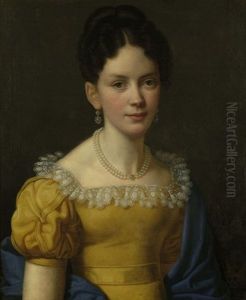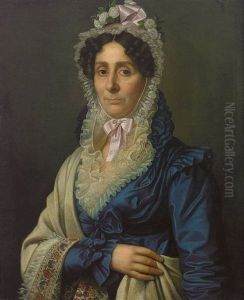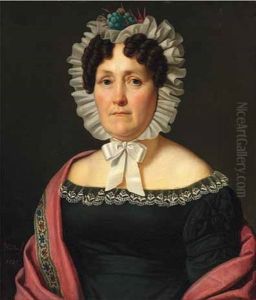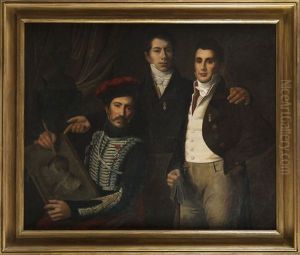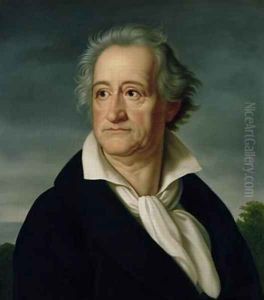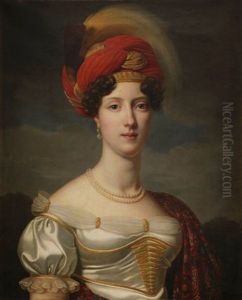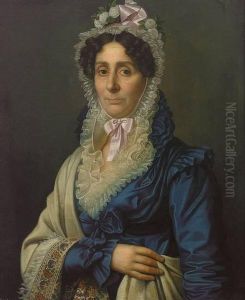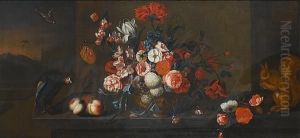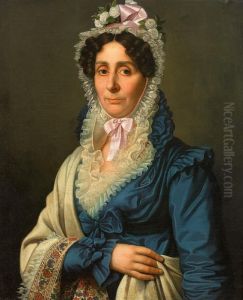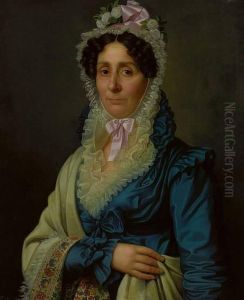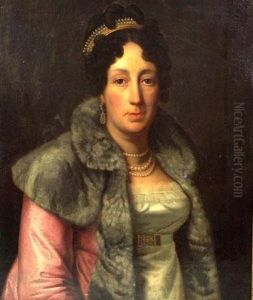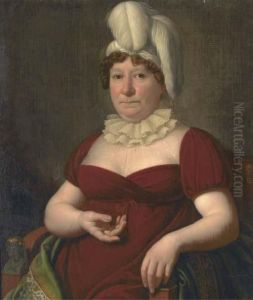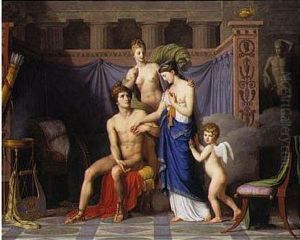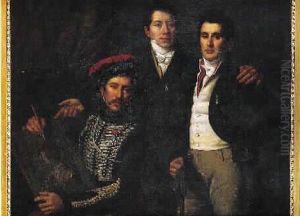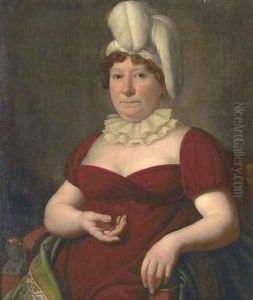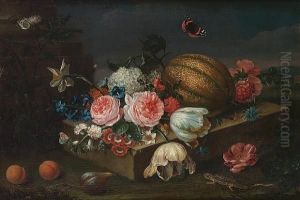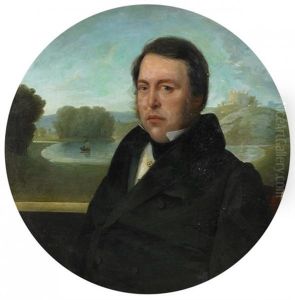Heinrich Christoph Kolbe Paintings
Heinrich Christoph Kolbe was a German painter and printmaker, known primarily for his portraits, landscapes, and historical subjects. Born on April 4, 1771, in Heiligenstadt, Kolbe was drawn to the arts from an early age. His initial training was in Weimar, where he studied under the guidance of notable figures in the German art scene of the time. Kolbe's early works were influenced by the classical and romantic movements, which were predominant in European art during the late 18th and early 19th centuries.
Kolbe's talent was recognized early in his career, leading to opportunities to study and work in various European capitals, including Rome, which was a center for artists seeking to study classical art and the Renaissance masters. His time in Italy had a profound impact on his style, enriching his palette and deepening his appreciation for historical and mythological subjects.
Upon returning to Germany, Kolbe became involved in academic and teaching positions, contributing to the development of the next generation of artists. His works during this period reflect a mature style characterized by precise draftsmanship and a nuanced use of color. Kolbe's portraits, in particular, are noted for their sensitivity and the psychological depth of the subjects.
Despite his contributions to German art and his influence among contemporaries, Heinrich Christoph Kolbe's name is not as widely recognized today as some of his peers. Nevertheless, his work is preserved in several European museums and collections, where it continues to be studied and appreciated for its artistic merit and historical significance.
Kolbe's later years were marked by continued artistic production until his death on November 3, 1836, in Munich. His legacy, though modest in comparison to some of his more famous contemporaries, is significant for its contribution to the Romantic movement in Germany and his dedication to the advancement of art and art education during a transformative period in European history.
